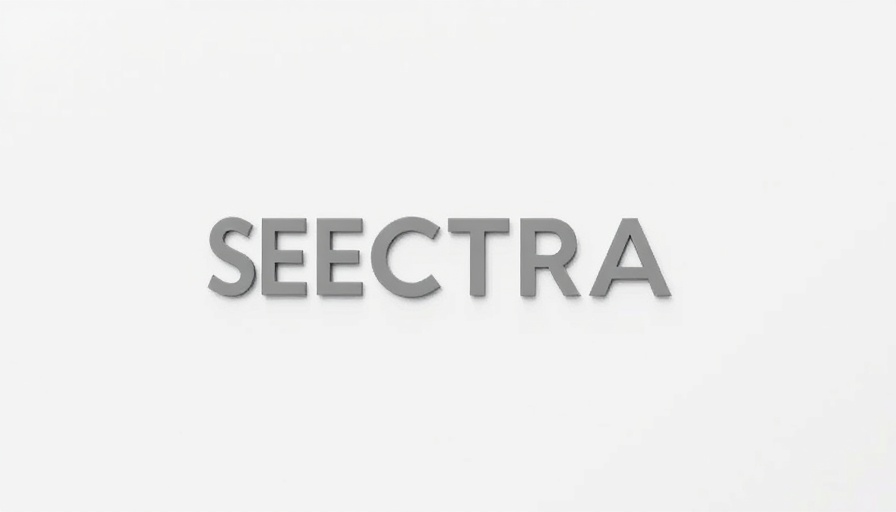
Transforming Patient Care Through Speedy Image Sharing
The NHS has reached a remarkable milestone in healthcare technology with the Image Exchange Portal (IEP), now sharing up to 500 patient images every second. This innovative platform is revolutionizing how diagnostic imaging, encompassing x-rays, CT, MRI, and ultrasounds, is utilized within the healthcare system. By enhancing collaboration among different trusts and organizations, the IEP aims to address the overwhelming diagnostic backlogs faced by the NHS.
Historical Context and Background: The Rise of IEP
Introduced in 2009, the IEP was designed exclusively for NHS trusts to share essential imaging data securely. The increasing demand for diagnostics, catalyzed by an influx of patients seeking diagnostic images and the disparity in waiting times across services, has pushed the IEP to evolve beyond its original intention. Now, over 450,000 users—from NHS medical staff to private healthcare organizations—leverage this system to access crucial imaging studies. In 2023 alone, the portal facilitated nearly 12 million patient imaging studies, a dramatic rise from just 2.8 million in 2012.
Why This Matters: Addressing Diagnostic Backlogs
The statistics behind the IEP highlight a vital response to mounting pressure on the NHS to reduce waiting times for critical diagnostic services. As the Royal College of Radiologists warns about unsustainable workforce issues leading to extended patient wait times, the IEP serves as a critical tool. By enabling fast and reliable sharing of medical images, hospitals can collaborate more effectively with independent sectors, ensuring timely diagnoses. This connectivity not only helps alleviate the backlog but also enhances the overall quality of patient care.
Future Predictions: Expanding the Role of Imaging Technology
The future of the Image Exchange Portal looks promising as advocates push for further investments and technological enhancements. The expectation that patients will demand more access to their health data is only set to grow in the coming years, necessitating improvements in the way imaging data is shared and utilized. As hospitals adopt more digital solutions, the portal has the potential to integrate with other healthcare advancements, offering a comprehensive network for all diagnostic needs.
Actionable Insights: Engaging with Health Tech
For healthcare providers, adapting to advancements like the IEP is key to improving diagnostic processes. Engaging with the platform can not only streamline workflows but also enhance patient satisfaction through faster access to results. As technologies evolve, healthcare organizations must remain flexible and innovative, ready to incorporate new methods for sharing and analyzing patient data.
 Add Row
Add Row  Add
Add 




Write A Comment